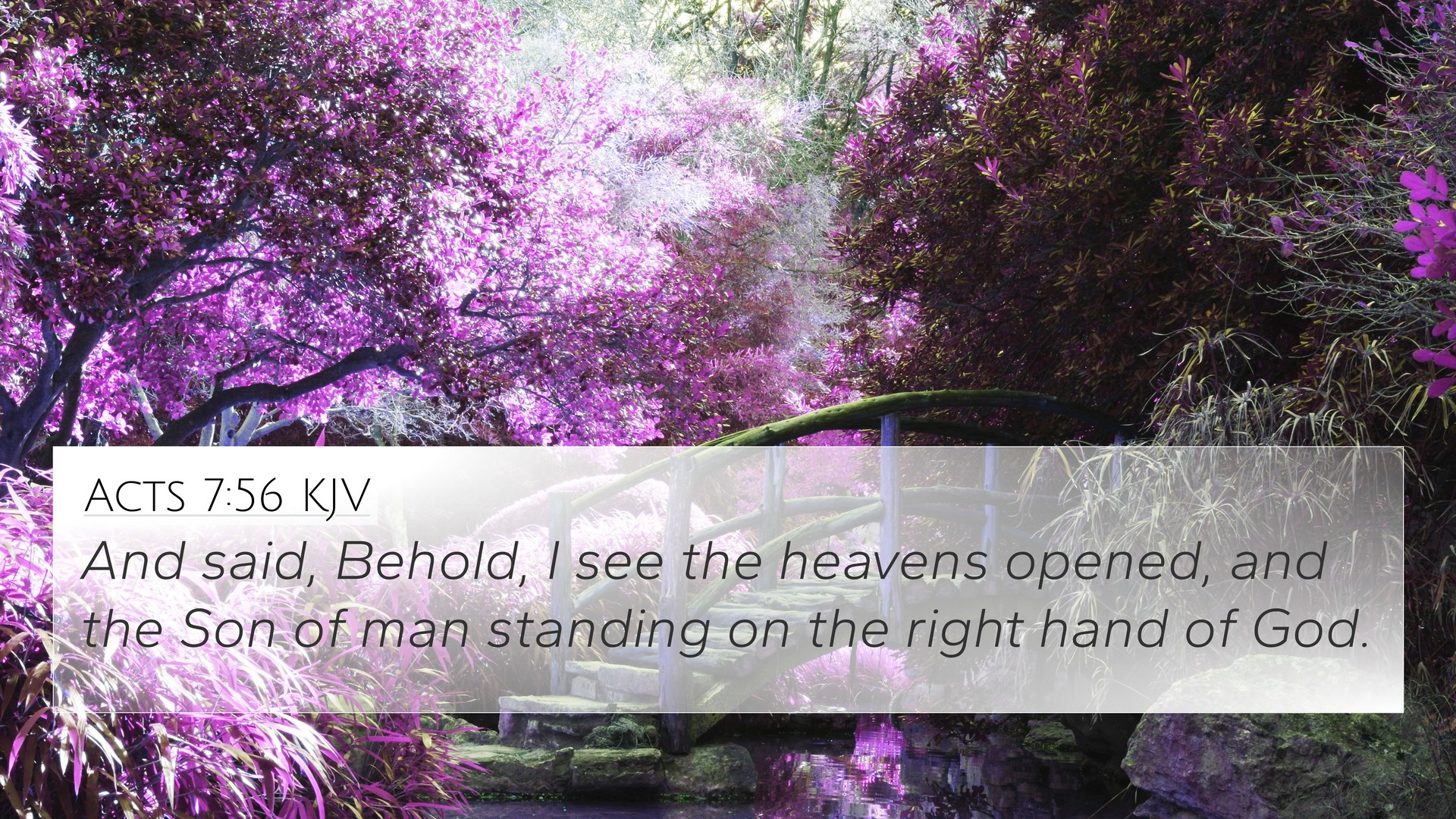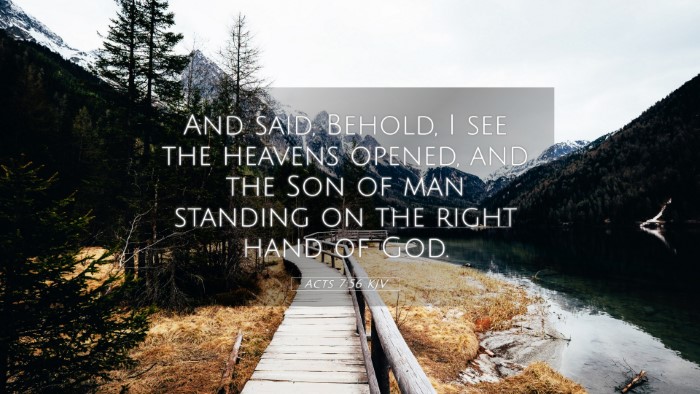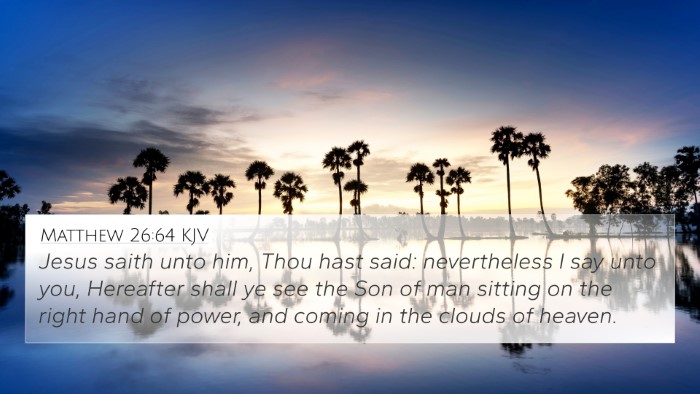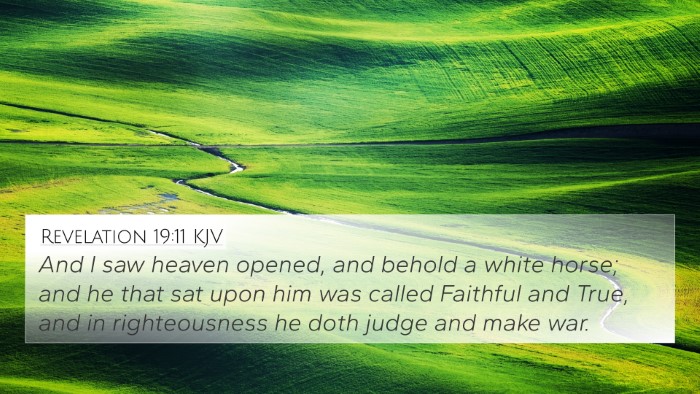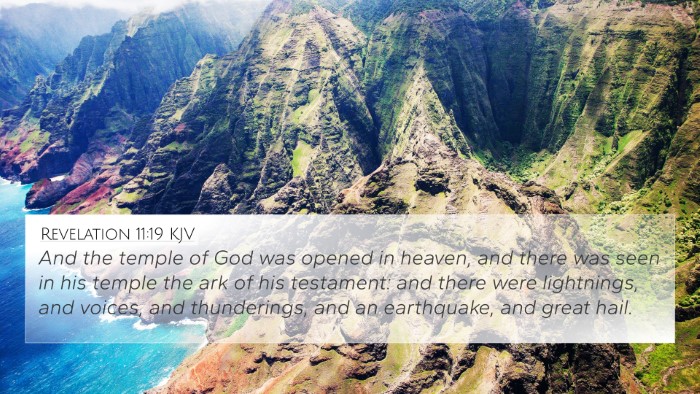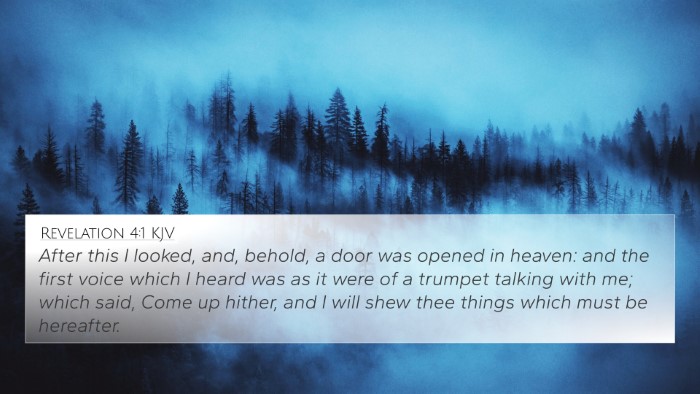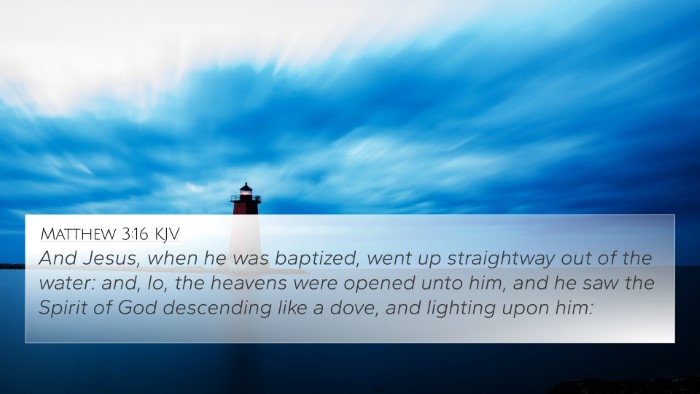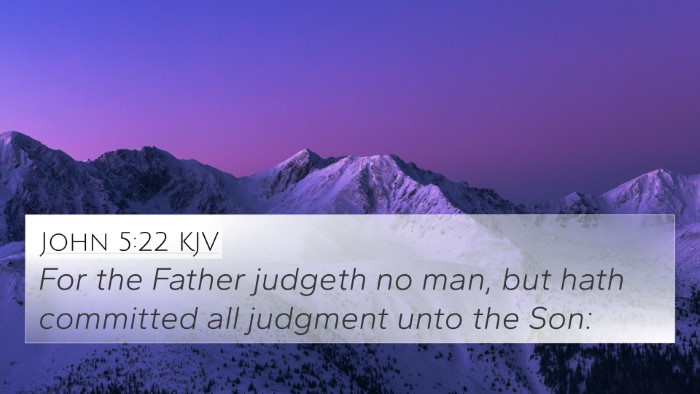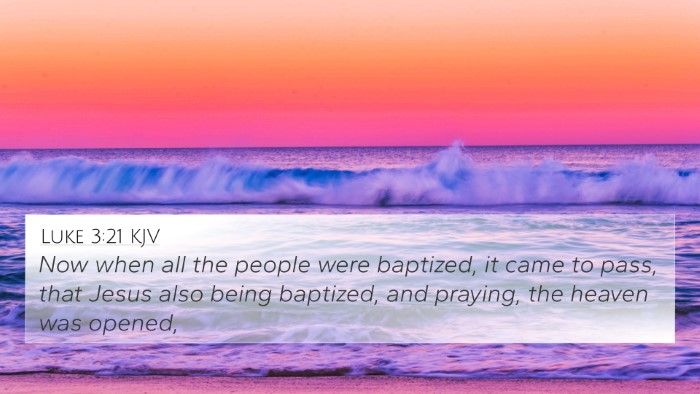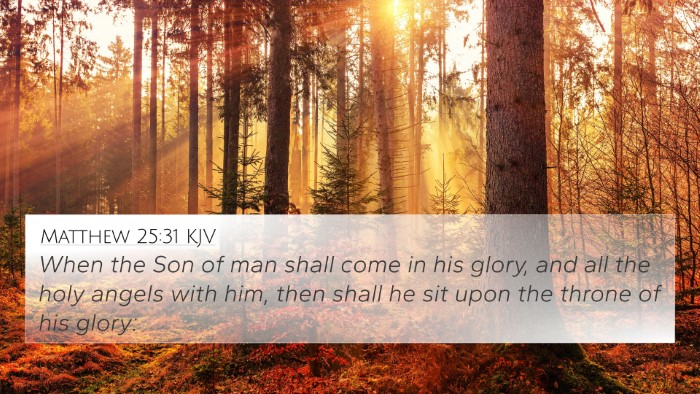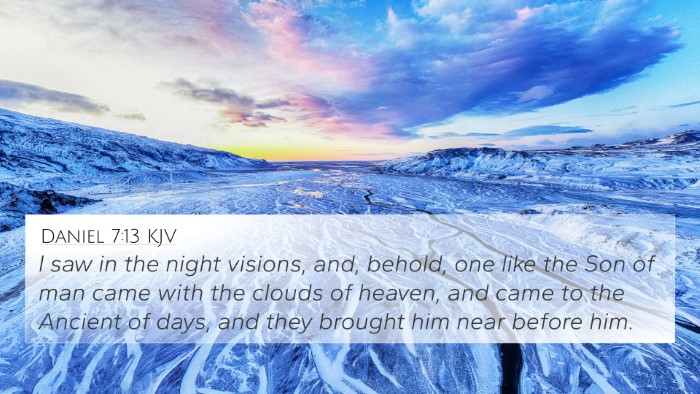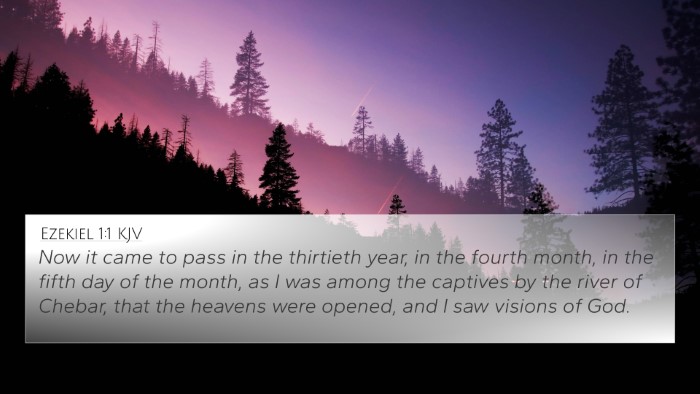Understanding Acts 7:56
Acts 7:56 states: "And said, Behold, I see the heavens opened, and the Son of man standing on the right hand of God." This profound statement comes at a pivotal moment in the narrative of Stephen, the first Christian martyr. To appreciate the meaning of this verse, one must explore its implications, the context in which it occurs, and its connections to other Biblical texts.
Contextual Analysis
In Acts 7, Stephen delivers a powerful defense of his faith before the Sanhedrin. He recounts the history of Israel, emphasizing God's promises and the consistent rejection by the people. As he concludes his speech, he boldly accuses the Jewish leaders of betraying and murdering Jesus, which provokes a furious reaction. It is at this moment of heavenly vision in Acts 7:56 that Stephen's experience transcends the earthly conflict, revealing a divine reality.
Commentary Insights
-
Matthew Henry notes that Stephen's vision of heaven signifies the approval of God and the exaltation of Christ. This moment illustrates the transition from earthly trials to heavenly glory, a source of comfort to believers facing persecution.
-
Albert Barnes emphasizes the significance of Jesus being "standing" at the right hand of God, suggesting an active intercession for believers. This contrasts with the traditional depiction of Jesus seated, symbolizing a posture of judgment or authority.
-
Adam Clarke highlights the notion of the "Son of man," connecting it to Jesus’ earthly ministry and His messianic role. This title affirms both His humanity and divinity, reaffirming Christ's rightful position in the heavenly realm.
Bible Verse Cross-References
Acts 7:56 can be cross-referenced with several Bible passages that enhance its themes and meanings:
- Psalm 110:1 - "The LORD said to my Lord, 'Sit at my right hand until I make your enemies a footstool for your feet.'" This verse foreshadows the authority of Christ and His ultimate victory over opposition.
- Mark 16:19 - "After the Lord Jesus had spoken to them, He was taken up into heaven and He sat at the right hand of God." This passage affirms the ascension and position of Jesus post-resurrection.
- Hebrews 1:3 - "The Son is the radiance of God’s glory and the exact representation of His being, sustaining all things by His powerful word." This highlights the nature of Christ and His authority.
- Revelation 5:6 - Describes the Lamb standing as though slain, which echoes the theme of Christ's suffering and glory, reminiscent of Stephen's vision of Jesus standing.
- Romans 8:34 - "Who is he that condemns? Christ Jesus who died—more than that, who was raised to life—is at the right hand of God and is also interceding for us." This reinforces the theme of Christ's active role in intercession and support for believers.
- John 14:6 - "Jesus answered, 'I am the way and the truth and the life. No one comes to the Father except through me.'" This establishes the relationship between Jesus and access to God, relevant to Stephen’s vision.
- Acts 2:33 - "Exalted to the right hand of God, he has received from the Father the promised Holy Spirit and has poured out what you now see and hear." This builds upon the theme of Christ’s exaltation and the empowerment of the church.
Thematic Connections
The themes captured in Acts 7:56 resonate throughout both the Old and New Testaments, illustrating the continuity of God's revelation. The connection between Stephen's vision and the exalted role of Jesus highlights several key ideas:
- Heavenly Intercession: The image of Jesus standing to welcome Stephen indicates His role as a mediator, echoing the intercessory imagery found in Hebrews.
- Divine Approval: Stephen's vision before martyrdom suggests divine validation of his ministry and faithfulness, akin to how Elijah witnessed God's presence.
- Perseverance in Suffering: As Stephen embarks on persecution, his vision serves as a reminder of the hope believers have in Christ’s victory.
- Authority of Christ: Each cross-referenced scripture brings attention to the authority granted to Christ, reinforcing the theme of His sovereign reign.
Using Bible Cross-References for Deeper Understanding
Utilizing biblical cross-references can significantly enhance one’s study of scripture, especially in relation to complex verses like Acts 7:56:
- Tools for Bible Cross-Referencing: Resources like Bible concordances and cross-reference guides offer valuable assistance in identifying scripture connections.
- Cross-Reference Methods: Methods such as thematic studies help identify underlying themes that link various passages, enriching understanding of spiritual truths.
- Bible Reference Resources: Consider utilizing Bible applications that offer real-time cross-referencing to facilitate study.
Conclusion
In conclusion, Acts 7:56 serves as a powerful testament to the early Christian faith and conviction. The insights from public domain commentaries enrich our understanding of this verse, revealing the profound spiritual truths within. Engaging with cross-references expands the context and gives depth to the reader’s comprehension of scripture, making the Bible a dynamic collection of interconnected texts.
Further Exploration
For those interested in exploring connections between Bible verses further, consider these long-tail queries:
- What verses are related to Acts 7:56?
- How do the themes of Stephen's vision align with Old Testament prophecies?
- Detailed analysis of cross-references between the synoptic gospels and Acts.
